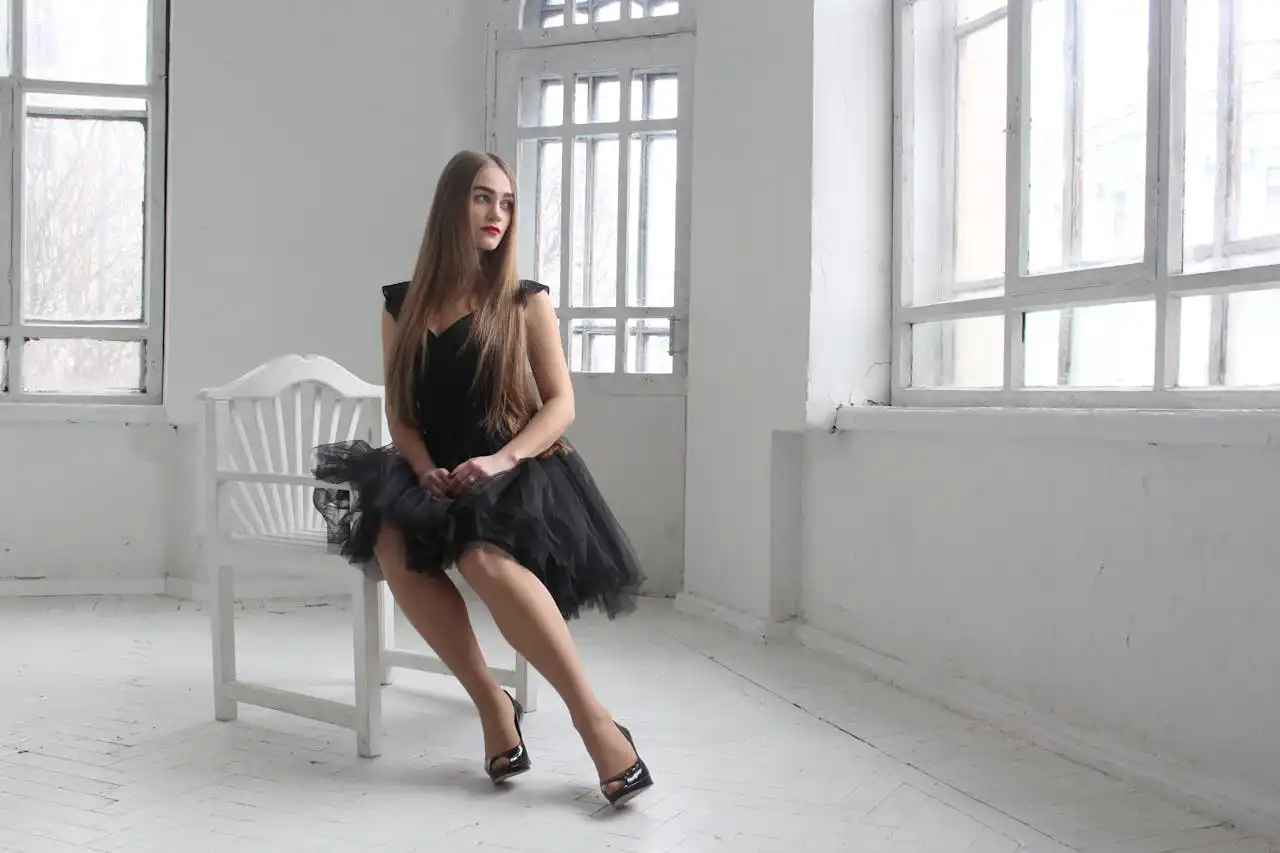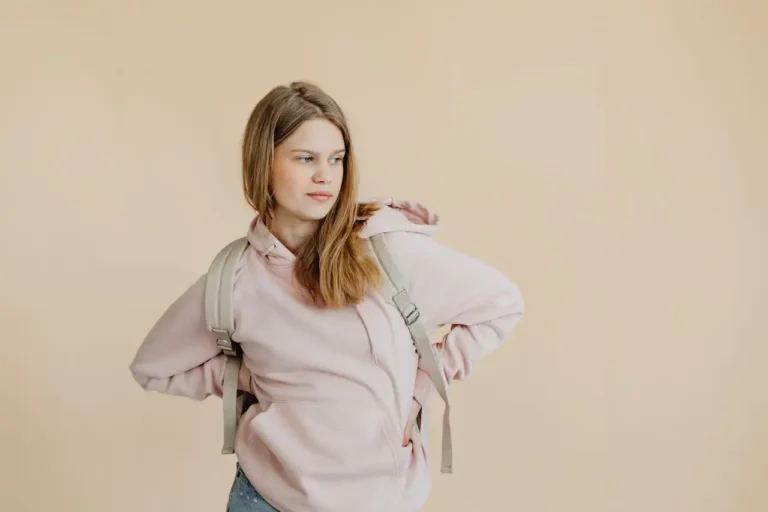Building a Personal Style: Where to Start and What to Avoid
Finding your personal style feels overwhelming when you’re staring at a closet full of clothes yet feeling like you have nothing to wear.
You’re not alone in this struggle. Building an authentic personal style takes time, patience, and strategic thinking, but the journey becomes much easier when you know where to begin.
Where to Start: Your Style Foundation
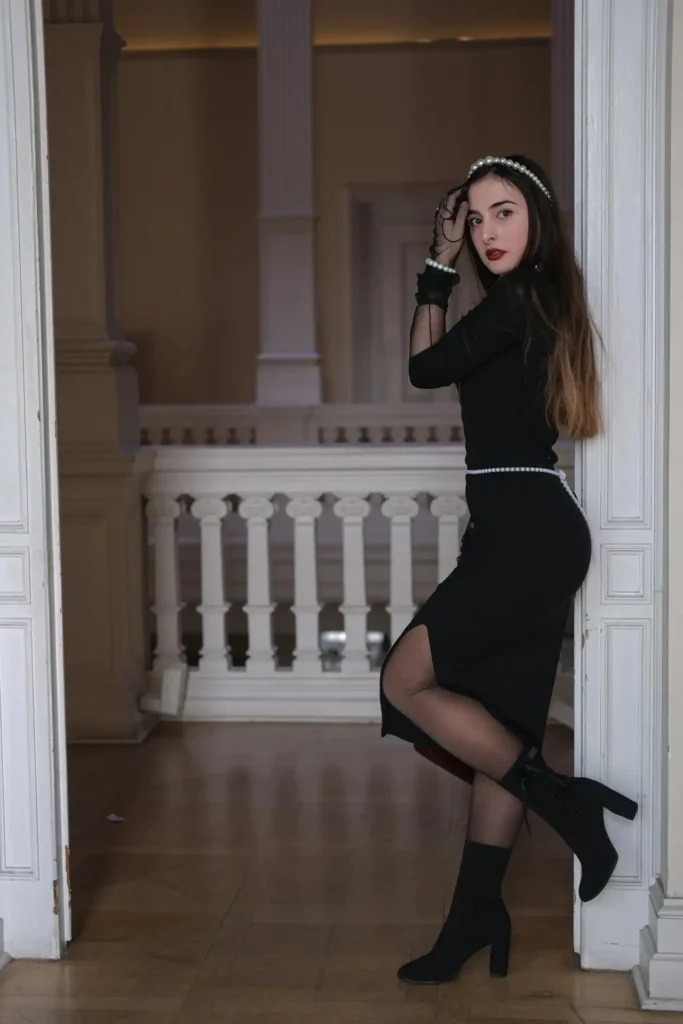
Assess Your Current Wardrobe
You need to start with what you already own before buying anything new. Pull everything out of your closet and drawers.
Yes, everything. This might feel daunting, but this exercise reveals patterns in your shopping habits and preferences.
Sort your clothes into three piles: love it, maybe, and never wear it. Be honest about what you actually reach for versus what you think you should wear.
Those pieces in your “love it” pile hold clues about your natural style preferences. Look for common threads in your favorite pieces.
Do you gravitate toward certain colors, fabrics, or silhouettes? Maybe you consistently choose flowy tops or structured blazers. These patterns reveal your instinctive style DNA.
Pay attention to which items make you feel confident and comfortable. Confidence translates into style better than any expensive designer piece ever could.
Your favorite jeans or that sweater you always get compliments on should anchor your style development.
Identify Your Lifestyle Needs
Your personal style must work with your actual life, not some fantasy version of it. If you work from home, investing in dozens of blazers makes little sense.
If you’re chasing toddlers around, stilettos won’t serve you well. A realistic style assessment prevents you from buying beautiful clothes that collect dust.
Think about how you spend most of your time. Are you in meetings, running errands, working out, or socializing? Your wardrobe should reflect these activities.
Consider your climate and seasonal needs too. Living in Minnesota means you need different style solutions than someone in Arizona. Work with your environment rather than against it.
Don’t forget about your physical comfort preferences. Some people love fitted clothes while others prefer relaxed silhouettes.
Some feel powerful in heels while others need flats to feel grounded. Honor what makes your body feel good.
Find Your Inspiration Sources
You need visual references to help crystallize your style vision. Start collecting images that make you think “yes, that’s me” even if you can’t articulate why.
Pinterest boards, Instagram saves, and magazine tear-outs all work perfectly for this.
Look beyond fashion magazines for inspiration. Movies, art, architecture, and even nature can spark style ideas.
Maybe you love the clean lines of modern buildings or the rich textures in a forest scene. These elements can translate into clothing choices.
Pay attention to people whose style consistently catches your eye. This could be celebrities, friends, or strangers on the street.
What specifically draws you to their looks? Is it their color palette, the way they mix textures, or their confidence in bold choices?
Remember that inspiration should guide you, not dictate your choices. You’re looking for elements to adapt and make your own, not outfits to copy exactly.
Start With Quality Basics
Building personal style requires a solid foundation of well-fitting basics. Invest in a few high-quality basics rather than many mediocre ones.
These pieces form the backbone of countless outfits and provide the canvas for expressing your personality through accessories and statement pieces.
A great white shirt, perfectly fitting jeans, and a versatile blazer will serve you better than ten trendy pieces that fall apart after a few washes.
Focus on fit above all else. An inexpensive piece that fits you perfectly looks more expensive and stylish than a designer item that doesn’t suit your body.
Don’t hesitate to have basics tailored if needed. Choose neutral colors for your basics so they mix and match easily.
Black, white, navy, gray, and beige create endless combination possibilities. You can always add personality through colorful accessories or statement pieces.
Experiment Gradually
You don’t need to overhaul your entire wardrobe overnight. In fact, dramatic changes often lead to buyer’s remorse and a closet full of mistakes.
Take your style evolution slowly and deliberately. This approach lets you test new elements without major commitment.
Try new things in small doses first. If you’re curious about bold prints, start with a printed scarf or shoes rather than a head-to-toe patterned outfit.
Borrow or rent pieces before buying them when possible. This gives you a chance to live with a style choice and see how it feels in your real life.
Many cities have clothing rental services, or you might swap items with similarly-sized friends. Take photos of yourself in new combinations or pieces.
Sometimes we need to see ourselves objectively to judge whether something works. Photos reveal what others see and help you make better decisions.
What to Avoid: Common Style Mistakes
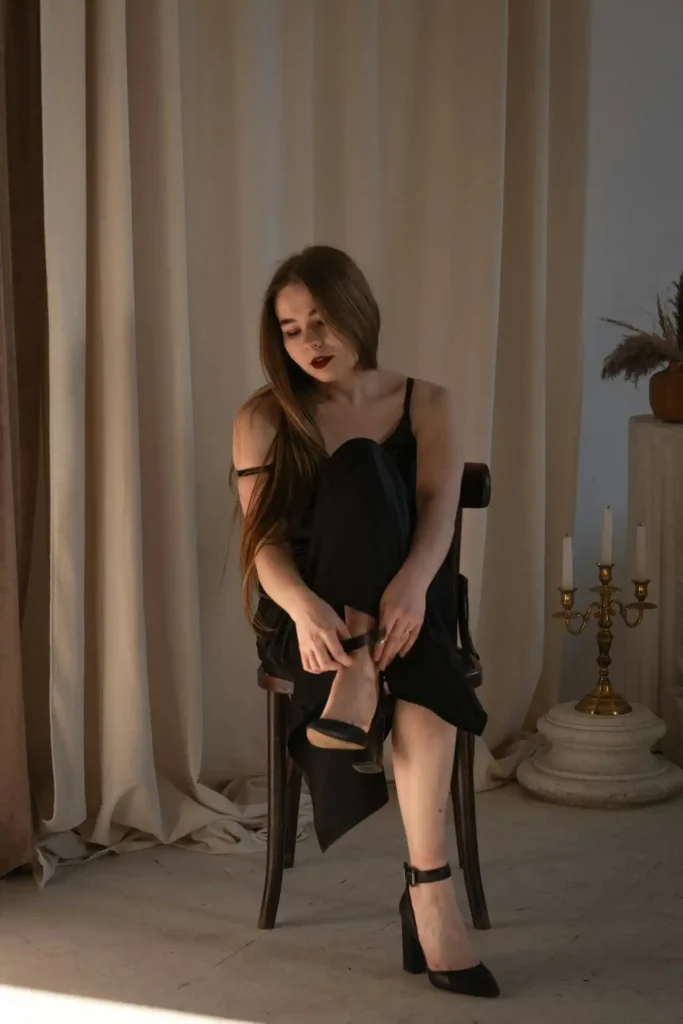
Following Every Trend
Trends come and go faster than you can keep up with them. Trust your instincts about what works for your body and lifestyle.
Chasing every new style movement leaves you with a disjointed wardrobe and an empty wallet. Worse, you never develop your own authentic voice.
Ask yourself whether a trend aligns with your lifestyle and personal preferences before embracing it. Just because something is fashionable doesn’t mean it’s right for you.
The most stylish people choose trends selectively and adapt them to their existing aesthetic.
Remember that trends often repeat with slight variations. That “new” style might be something you already tried and discarded years ago.
Instead of following trends blindly, use them as inspiration for updating classic pieces you already love.
Maybe this season’s color trend inspires you to add a new scarf to your collection rather than buying an entirely new wardrobe.
Buying Without Trying
Online shopping makes it tempting to buy based on how something looks on a model or in product photos.
However, fit and personal suitability vary dramatically from person to person. What looks amazing on someone else might not work for your body or lifestyle.
Always try clothes on before buying when possible. If you must shop online, read reviews carefully and check return policies.
Many reviewers include helpful details about fit, fabric quality, and how items look on different body types.
Don’t assume you know your size across all brands. Sizing varies significantly between manufacturers and even between different styles from the same brand.
Always check measurements and size charts rather than relying on label sizes alone. Consider how new pieces will work with items you already own.
That gorgeous dress means nothing if you don’t have appropriate shoes or undergarments to wear with it. Think about the total cost of making an item work in your wardrobe.
Ignoring Your Body Type
Every body is beautiful, but different styles flatter different body types. Ignoring this reality leads to frustration and clothes that don’t make you feel your best.
Understanding what works for your specific shape empowers you to make better choices. This doesn’t mean following rigid “rules” about what you can and cannot wear.
Instead, learn which silhouettes, proportions, and details enhance your favorite features and make you feel confident.
Pay attention to where clothes hit your body. Don’t get caught up in hiding perceived flaws.
The hemline of a skirt, the break of pants, or the button placement on a shirt can dramatically change how an outfit looks on you. Small adjustments often make huge differences.
Focus instead on highlighting features you love. This positive approach leads to more confident styling choices and better overall results.
Emotional Shopping
Shopping when you’re sad, stressed, or celebrating often leads to purchases you later regret.
Emotional shopping rarely results in pieces that truly serve your style goals or lifestyle needs.
Create a waiting period for non-essential purchases. Sleep on it, think about it for a week, or discuss it with a trusted friend.
This cooling-off period prevents impulse buying and ensures you make thoughtful decisions. A budget prevents overspending and the guilt that often follows.
Shop with a list and a budget. Having clear goals keeps you focused on what you actually need rather than what catches your eye in the moment.
Ask yourself hard questions before buying: “Where will I wear this?” “What will I pair it with?” “Does this align with my style goals?” If you can’t answer these questions clearly, walk away.
Copying Others Exactly
While inspiration from others is valuable, copying someone’s style exactly never works.
You have a different body, lifestyle, and personality. What looks effortless on someone else might feel like a costume on you.
Use others’ style as a starting point rather than a blueprint.
Maybe you love how someone layers necklaces, but you adapt the concept using pieces that reflect your own taste and budget.
Remember that you only see the highlight reel of others’ style. Don’t compare your behind-the-scenes to someone else’s final product.
That perfectly curated Instagram outfit might have taken hours to put together and might not work for everyday life.
Focus on developing your own style voice rather than becoming a copy of someone else. Authenticity always looks better than imitation, no matter how well-executed the copy might be.
Building Your Foundation for Long-Term Success
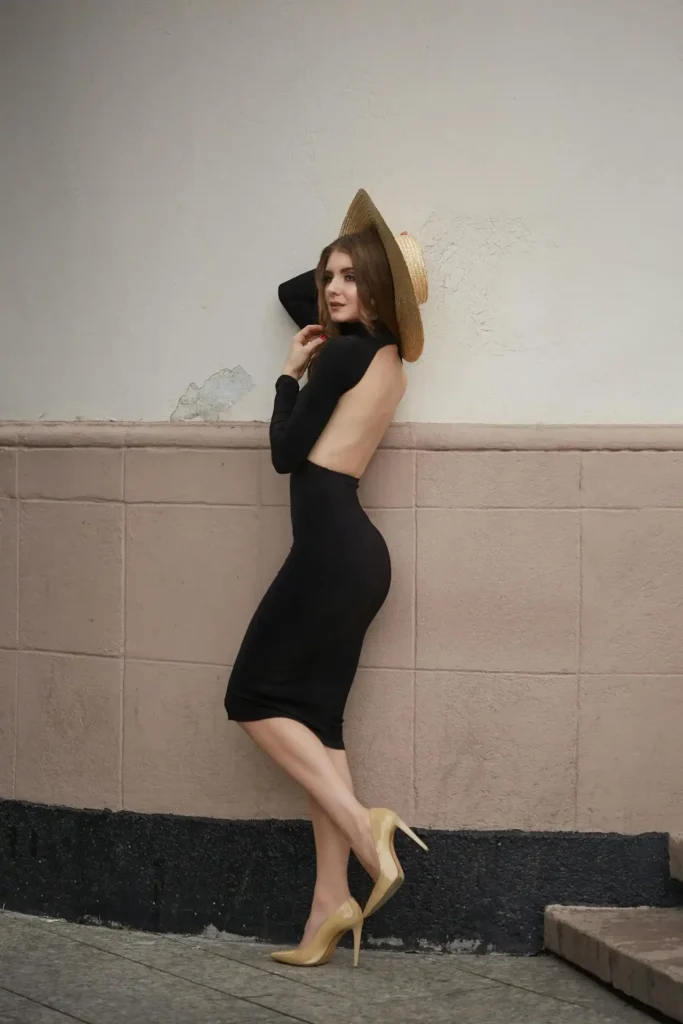
Develop Your Color Palette
Choosing a cohesive color palette makes getting dressed easier and ensures everything in your wardrobe works together.
You don’t need to limit yourself to three colors, but having a general direction creates cohesion.
Consider colors that make your skin look healthy and bright. These might not be colors you initially gravitate toward, but they’re worth incorporating because they make you look your best.
Think about the lifestyle impression you want to make. Bright, bold colors send a different message than muted, sophisticated tones.
Neither is right or wrong, but they should align with your goals and personality. Don’t forget about metallic and prints as part of your color story.
A signature metal (gold, silver, or rose gold) creates consistency across accessories. Prints that incorporate your core colors extend your palette options.
Create Versatile Combinations
The best wardrobes consist of pieces that work together in multiple combinations. Practice the “rule of three” when building outfits.
This multiplication effect means you can create many outfits from fewer pieces, making your investment more worthwhile.
Choose three main elements (like a top, bottom, and layer) then add accessories. This approach prevents overcomplicating looks while ensuring visual interest.
Master the art of transitional dressing. Pieces that work for multiple seasons or occasions give you more styling flexibility.
A dress that works alone in summer and with layers in winter maximizes your investment. Develop signature styling tricks that feel authentically you.
Maybe you always roll your sleeves a certain way or have a particular method for tying scarves. These personal touches make simple outfits feel intentional and polished.
Making Your Style Sustainable

Quality Over Quantity
Investing in fewer, higher-quality pieces creates a more sustainable and ultimately more economical wardrobe.
Well-made items last longer, look better over time, and provide better value per wear.
Learn to recognize quality construction. Look for details like finished seams, quality hardware, and durable fabrics.
These elements indicate pieces that will maintain their appearance through regular wear and washing.
Consider cost per wear when evaluating purchases. A little maintenance goes a long way toward preserving your style investment.
An expensive coat you wear constantly for years costs less per wear than a cheap shirt you only wear once. This mindset shift helps justify investment pieces.
Take care of the clothes you own. Proper washing, storage, and occasional repairs extend the life of your garments significantly.
Mindful Shopping Practices
Approach shopping as a thoughtful activity rather than entertainment or therapy. Having clear goals and standards makes you a more discerning shopper and reduces regrettable purchases.
Create a Wishlist and prioritize items based on need and versatility. This prevents impulsive buying and ensures you address the most important gaps in your wardrobe first.
Consider the true cost of your purchases beyond the price tag. Practice gratitude for what you already own.
Factor in alterations, special care requirements, and additional pieces needed to make an item work in your wardrobe.
Taking inventory of and appreciating your current clothes reduces the urge to constantly acquire new things and helps you see styling possibilities you might have missed.
Conclusion
Building personal style takes time and patience, but starting with self-awareness and avoiding common pitfalls sets you up for success.
Trust your instincts, shop thoughtfully, and remember that the best style always feels authentically you.

